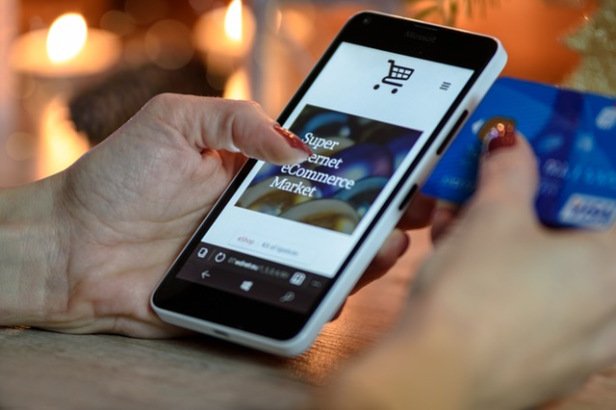Customer Loyalty and Experience
‘Online only’ vs ‘Online first’?
10 Apr 2020
E-commerce has generated a lot of excitement with investors and shoppers alike. We might like it or dislike, E-commerce is here to stay and attractive prices and convenience of ordering from home are increasingly getting woven with our day-to-day consumer habits. So, is traditional retail on its path to slow eventual death? Or, is E-commerce in every product or service category merely a bubble filled with ‘hot discount air’?
While the pundits have bragged about the significant growth in penetration of online buying in overall retail spending, naysayers have slammed many of the existing models for not-so-healthy unit economics.
Our research at Praxis proves that consumers love E-commerce for one or more of the following 3 sets of reasons:
- Convenience – order on-the-go, receive wherever you want, pay-as-you-like, return-if-you-don’t-like. Amazon really mastered this.
- Attractive value – more efficient price discovery (in marketplaces), deep discounts in some categories like consumer durables or apparel.
- Variety – Smaller the city you get to, the bigger this proposition becomes. Flipkart enjoys unparalleled brand equity in Tier 2/3 cities in India.
But then, is it enough?
For products that can be digitally delivered and consumed like the Microsoft Office 365 or a digital song/movie, absolutely yes. Or for packaged standard products like mobile phones, yes.

But, are there scenarios where the cons outweigh the pros of going pure-Online?
We believe, yes. Consider a few examples:
- Products with extensive influencer roles: Nutritional body supplements like whey protein or prescription drugs need offline activation and customer acquisition for online channels to sell.
- Products with complicated logistics: Categories like furniture have succeeded in some products (like side tables, shelves, TV tables) but in the others (cupboards, sofa sets), e-tail penetration has been slower to rise. Same with fresh produce in grocery. Moreover, thinner the product margins, tougher the Ecommerce model becomes.
- High value but ‘non-standard’ categories: Jewelry sales through online channels are growing but mostly in somewhat-standard products like solitaires or low-value daily wear or work jewelry (typically <US$1000)
- Purchases with deep customer engagement: Perfumerie or Eyewear are cases in point here. Lenskart innovated well with try-at-home but having an optician adjust the nose and temple fitting on the spot is re-assuring. And you really got to know which perfume to wear if you are buying online.
- Categories with deep brand fragmentation: Apparel (non-standard dresses and casuals) is a classic category that does well online and offline. Online-first brands are investing in offline brand flagships and offline brands are creating online product ranges. Ultimately, brand experience is tough to do full justice to only through the browser window.
As technology evolves, these barriers will get bridged. But that’s not the point. Ultimately, consumers will gravitate to the best discovery and shopping experience. And that will come from a combination of Online, Offline and even new technologies like Virtual Reality. If they truly want to scale, brands and retailers (both conventional or Online) need to accept it and create models that win the day for the consumers.
We, at Praxis, help businesses define their omnichannel strategy – but with their customers at the center of the strategy, not just because they have to go online.
Authored by (at the time of writing):
Madhur Singhal, Leader, Customer Loyalty and Experience Practice
Are you looking to grow faster than the competition? Write to us below.